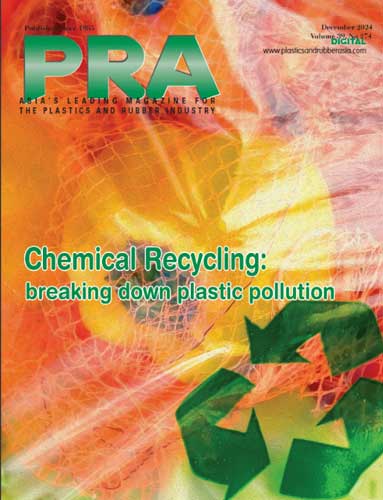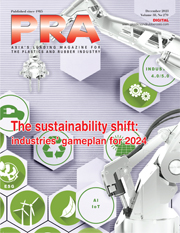Dow to cut 1,500 jobs in line with US$1 bn cost savings

US materials firm Dow Inc has announced targeted actions to deliver US$1 billion in cost savings. These actions will further reduce the company's costs in response to ongoing macroeconomic uncertainty, while reinforcing its long-term competitiveness across the economic cycle, it adds.
Specifically, Dow expects to achieve the majority of the US$1 billion in cost savings on an annual run-rate through:
- US$500 million to US$700 million reduction in direct costs, primarily focused on purchased services and third-party contract labour; and
- Decreased labour costs, including through a workforce reduction of approximately 1,500 Dow roles globally.
"While these decisions are difficult, we must continue to take proactive actions to reduce costs while we navigate through this ongoing slower-than-expected macroeconomic recovery," said Jim Fitterling, Dow Chair/CEO.
"These cost actions support our commitment to our long-term growth objectives, while aligning spending levels to the realities of the current macroeconomic environment. As 2025 progresses we will continue to evaluate options to reinforce our competitiveness and take further action if necessary."
The company will record a charge of US$250 million to US$325 million in the first quarter of 2025 for costs associated with these activities, which primarily include severance and related benefit costs, and the costs to implement these actions will be expensed as incurred ranging from US$20 million to US$30 million.
Dow also says it remains committed to growth investments, including its Canada net-zero cracker and polyethylene complex, which continues to be on schedule and on budget. According to Jeff Tate, Dow CFO, "We are focusing on regions with the lowest margins, highest costs, and where demand growth or consumer sentiment improvement is not meeting expectations." Those weaker regions include Europe and certain parts of Asia, Tate added.
(PRA)SUBSCRIBE to Get the Latest Updates from PRA Click Here»








